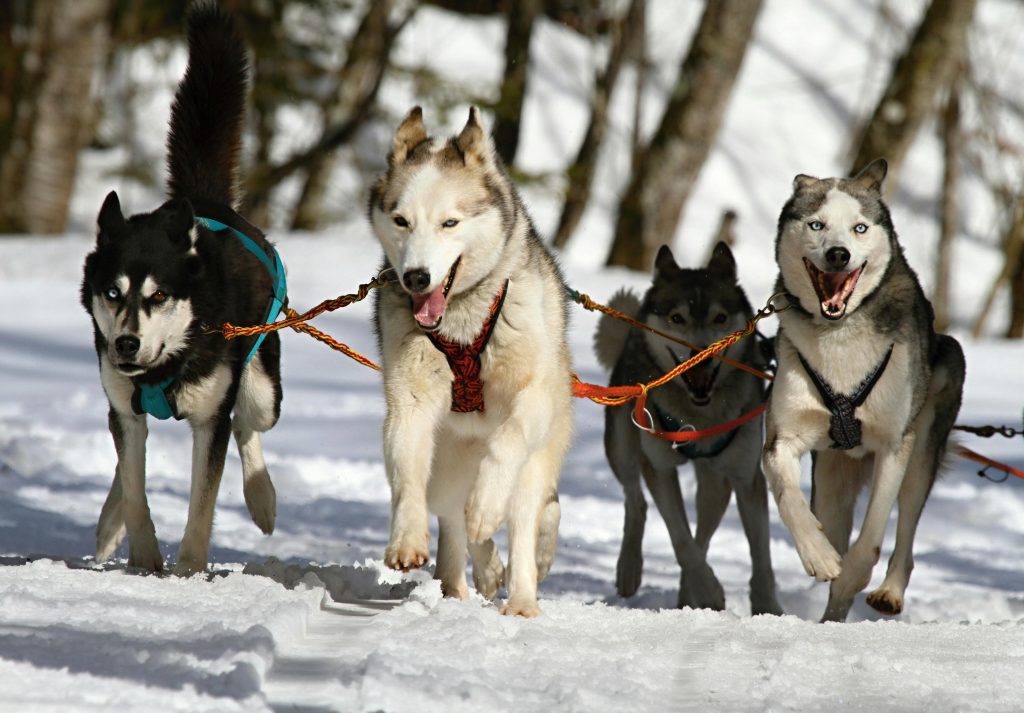Tired of shouting “Sit!” ten times with no response? Teaching your dog to listen isn’t about being louder—it’s about being smarter. With the right approach, even the most distracted pup can learn to follow your lead. Let’s break down how to build real communication with your furry friend.

Start With Simple, Clear Words
Dogs don’t understand grammar, but they do learn tone and repetition. Use single, consistent words like “sit,” “stay,” or “come”—and stick with them. Don’t switch between “down” and “lie down,” for example. Simplicity wins.
Reward the Right Moment
Positive reinforcement works wonders, but timing is everything. If you reward your dog two seconds too late, they may think they’re getting a treat for standing up instead of sitting. Be quick and clear with praise.
Keep Sessions Short and Fun
Dogs, especially young ones, have limited attention spans. Training sessions that last 5–10 minutes are often more effective than longer ones. End on a positive note, even if it’s a small success.
Hand Signals Help More Than You Think
Combine verbal commands with hand gestures. Dogs are great at picking up visual cues, and this gives them an extra way to understand what you want. It also helps when they’re far away or in noisy environments.
Practice in Different Settings
Your dog might listen perfectly in the kitchen but ignore you at the park. That’s normal. Practice commands in a variety of environments so your dog learns to focus, no matter what’s going on around them.
Stay Calm—Always
Getting frustrated is natural, but yelling or punishing your dog can set back your progress. Dogs respond to calm leadership. If you’re stressed, take a break and try again later.
Celebrate Progress, Not Perfection
Every dog learns at their own pace. Celebrate small victories, like your dog sitting without a leash or responding the first time. Progress, not perfection, keeps both of you motivated.



